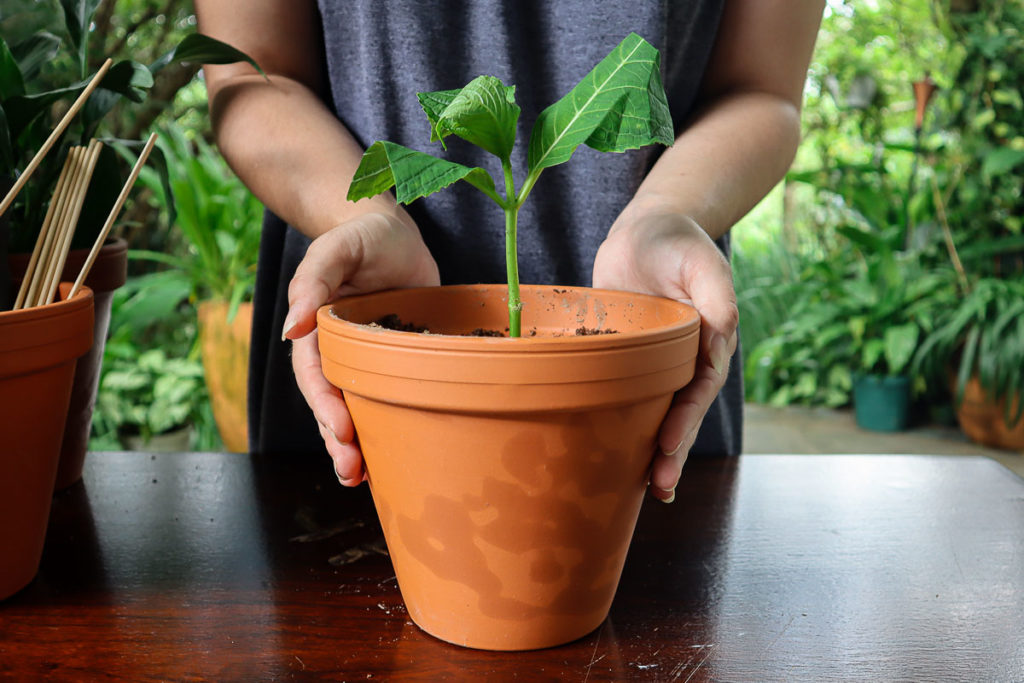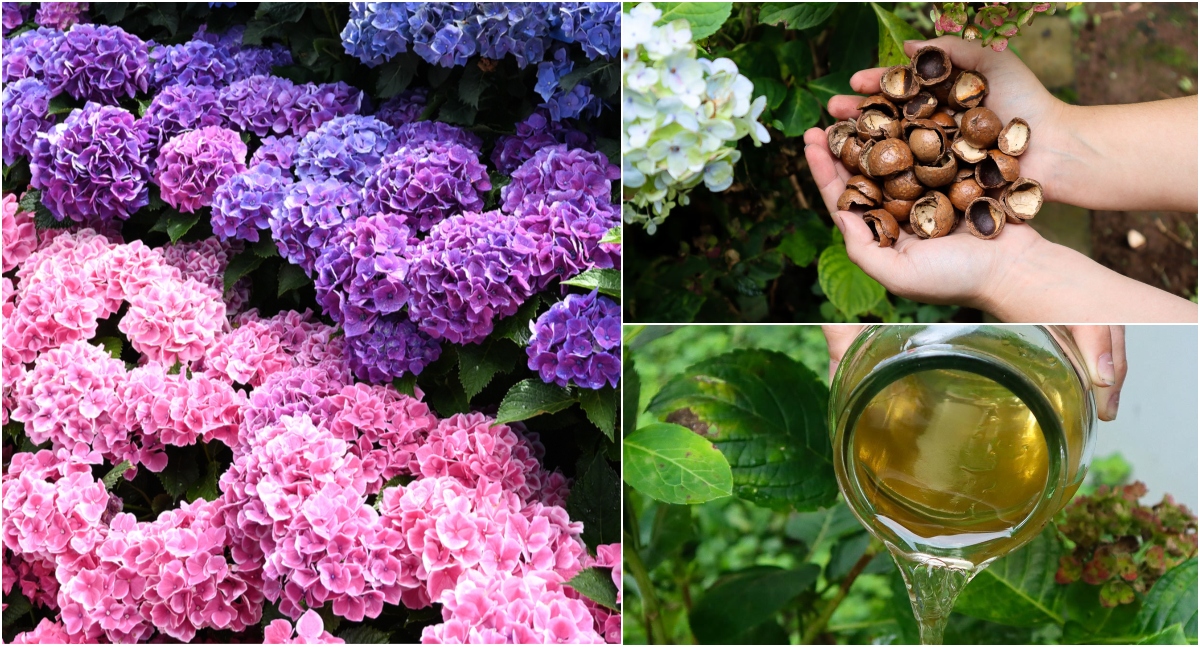
A blooming hydrangea is one of the joys of a summer garden.
Since it’s the thing gardeners look forward to most, it stands to reason that you want to get as many blooms from your plant as possible.
Luckily, to get hydrangea plants at their best and producing those big beautiful blooms, there are a few tips and tricks you can use to get there.
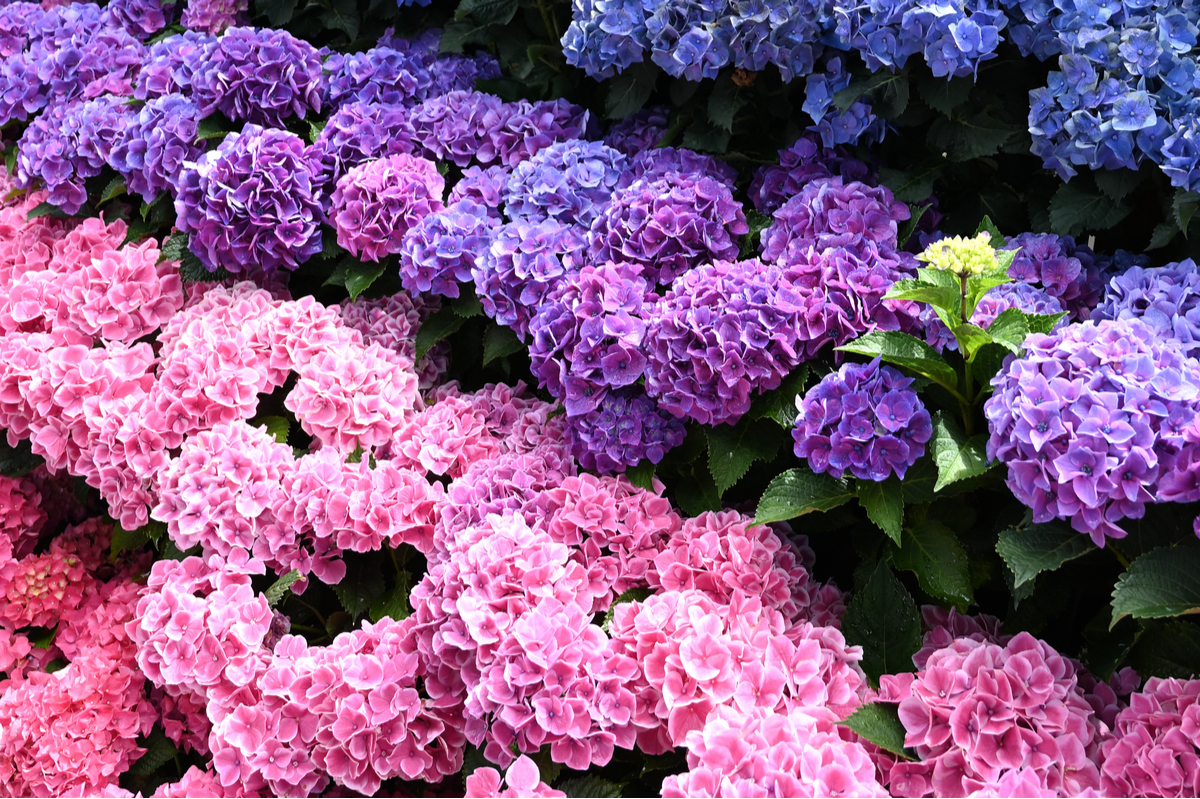
1. Choose The Right Plant For Your Zone
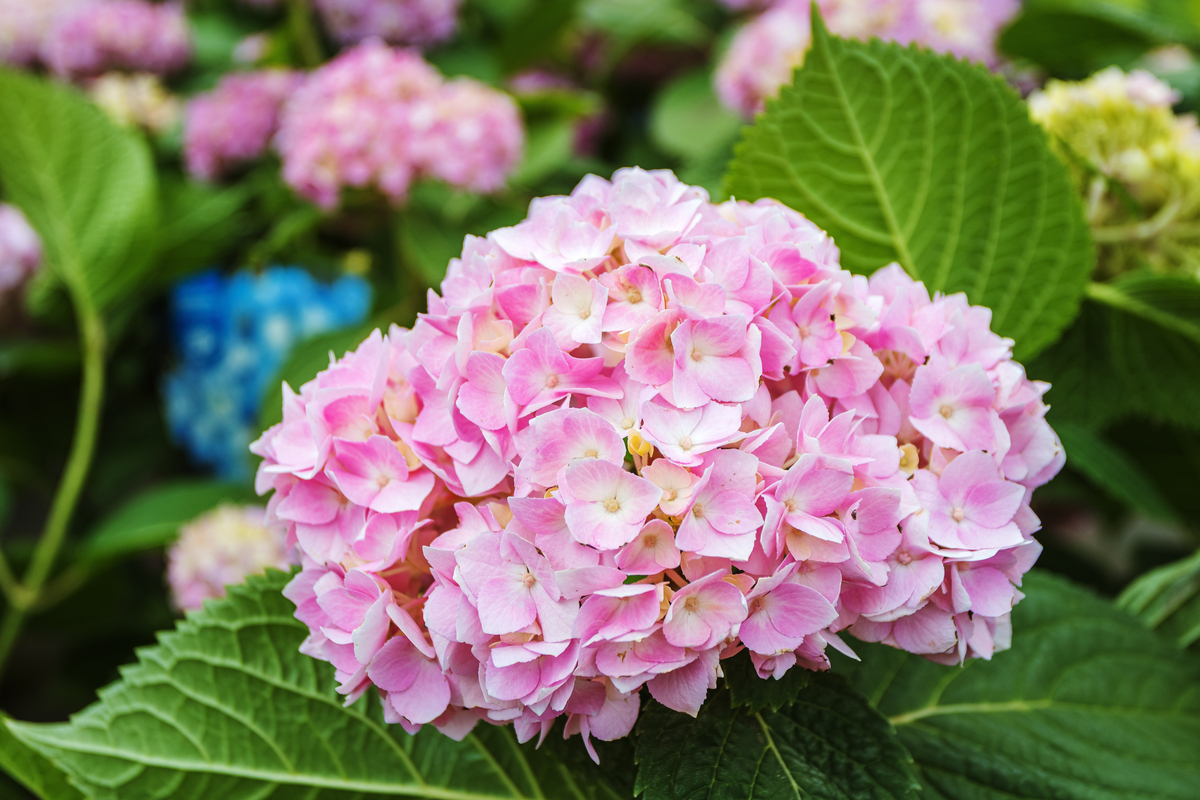
Like any plant, hydrangeas need certain temperatures, soil conditions, watering and sunlight and if any of these is lacking, the bigger better blooms will be as well.
The most common of the hydrangeas – Hydrangea macrophylla – grows in zones 3 – 7. But, they do need protection from the harshest colds below zone 6, or they will not flower as prolifically. Other types, like Hydrangea quercifolia, grow best in zones 5 – 9, and Hydrangea paniculata in zones 3 – 8.
Your local nursery should stock the hydrangea species that grow in your local area. These will grow better than a cutting carried from a friend’s garden across the country.
2. Give Them Enough Sunlight (But Not Too Much)
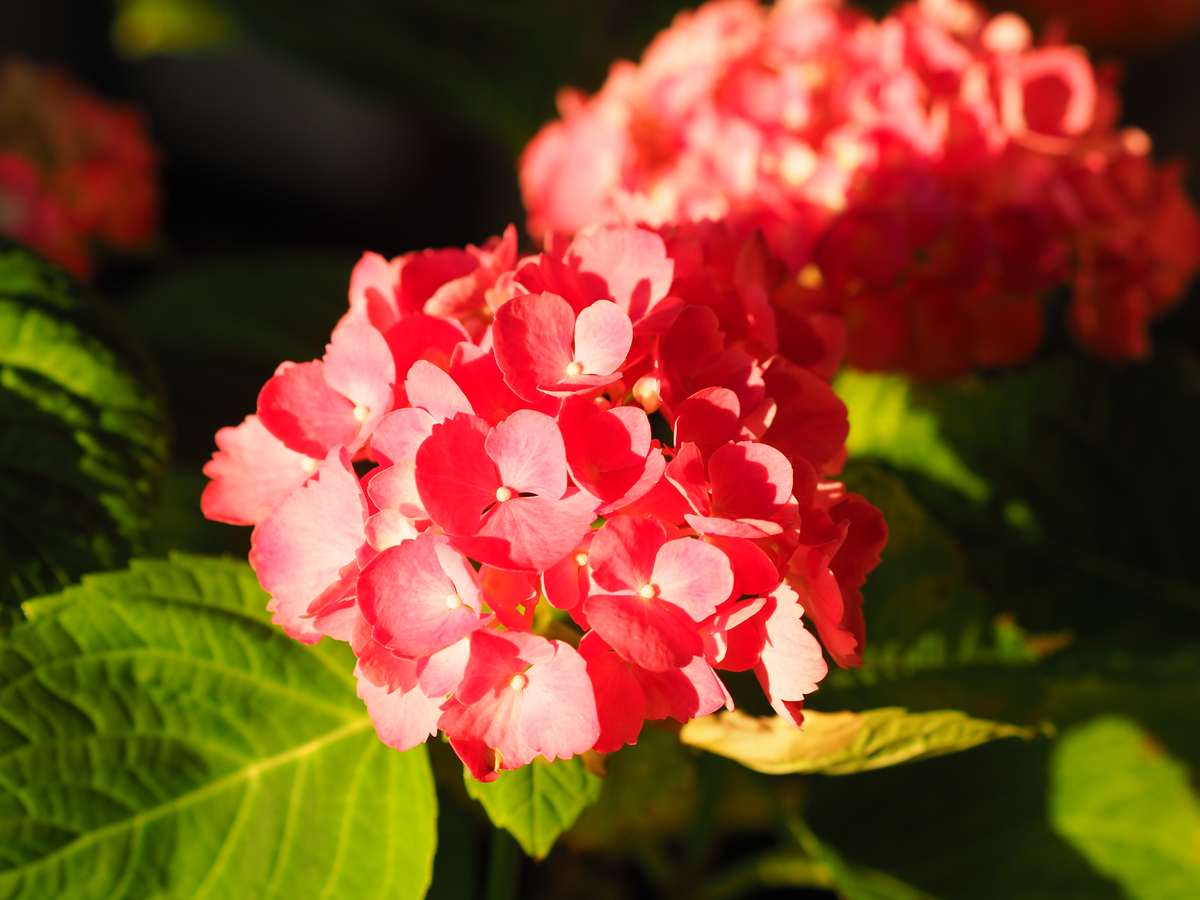
Although hydrangeas are shade-loving plants, they do need some sunshine during the day. The sweet spot is around 6 hours, but they will be happy with anything more than 4. They prefer afternoon shade in the hottest climates and will cope with more sunshine in the day in colder climates.
Too much sunshine can cause the leaves to burn. Too little and their blooms will be inferior. Check that the varieties you choose have enough sunlight to bloom well in the garden.
Hydrangea macrophylla, Hydrangea arborescens and Hydrangea serrata can be grown in semi-shade, preferring morning sun and afternoon shade. They can also grow in full sun as long as the soil is kept moist.
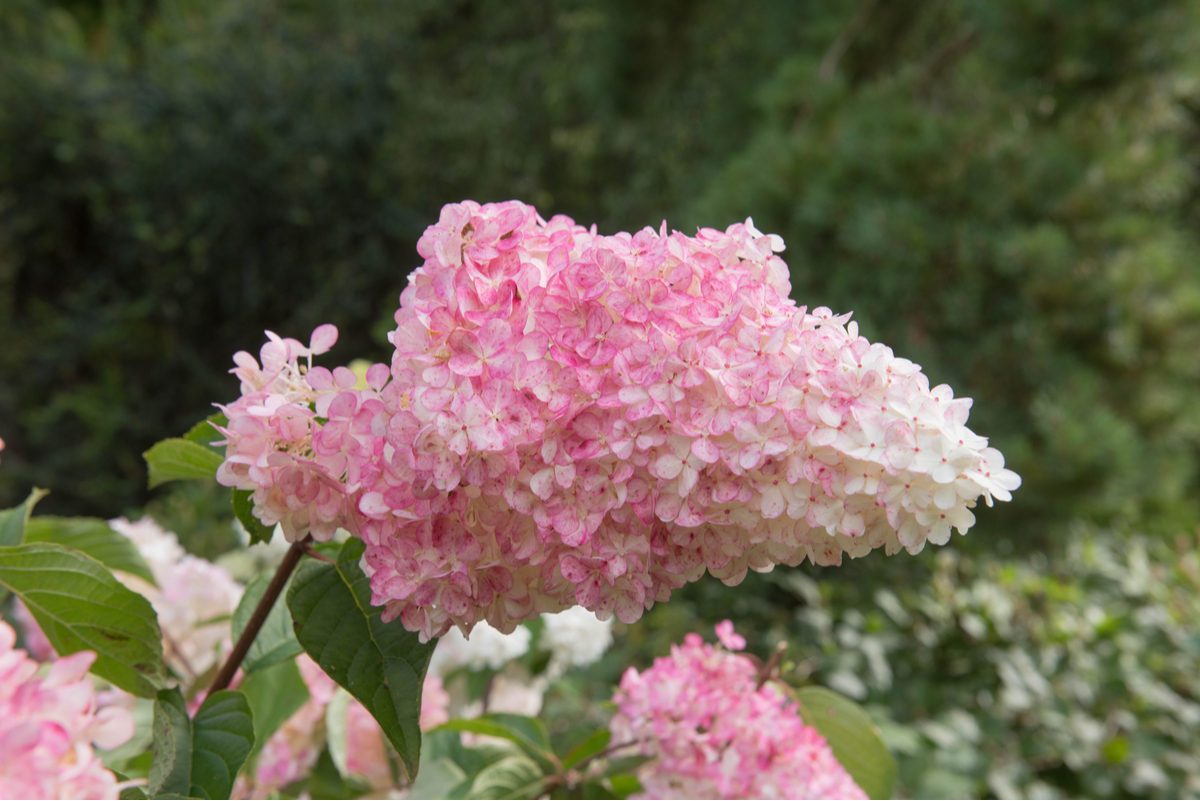
Hydrangea quercifolia and Hydrangea paniculata are happy in either full sun or semi-shade while Hydrangea anomala subsp. petiolaris is better in semi-shade to full shade.
It is often the plants grown in semi-shade that have more long-lasting blooms than those grown in full sun. If you grow hydrangeas in pots in full sun, providing some afternoon shade will make the blooms last longer. Try shading with an umbrella or even set containers on wheels so they can be moved into the shade on sunny afternoons.
3. Water Correctly
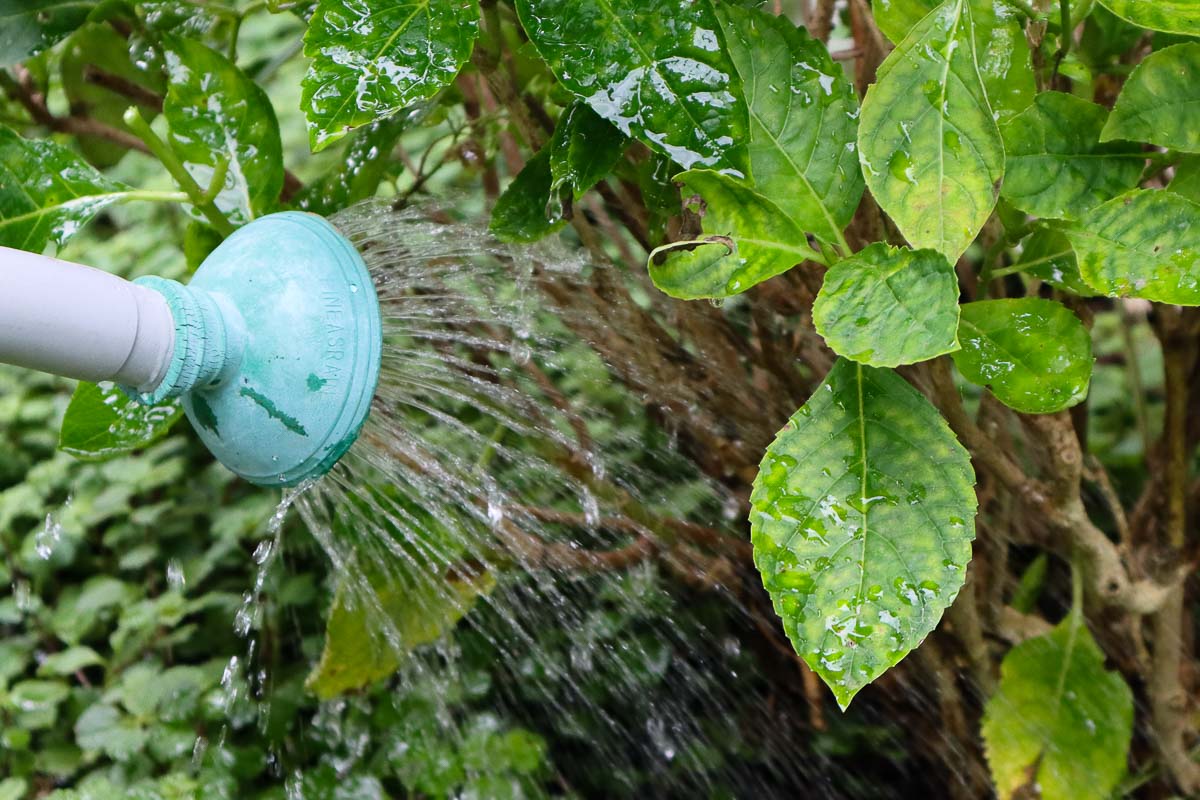
In spring and summer as the temperatures increase and plants start blooming, they require more watering – sometimes as much as 3 times a week. But, although hydrangeas like water, more than that, they love good drainage. The soil should remain consistently moist, but never waterlogged.
When hydrangeas are overwatered, the roots may start to rot and the plant will either lose its leaves or produce more yellow leaves rather than the dark green leaves they are known for. This also affects the flowering, stunting flower formation and ruining your season.
Some varieties require more water than others, but they generally like a lot of water. It’s important to water the soil and not the leaves and flowers which could promote diseases and blemishes. A soaker hose or similar irrigation system is ideal for hydrangeas as the water can get to the roots where it’s needed most.
4. Don’t Forget To Fertilize
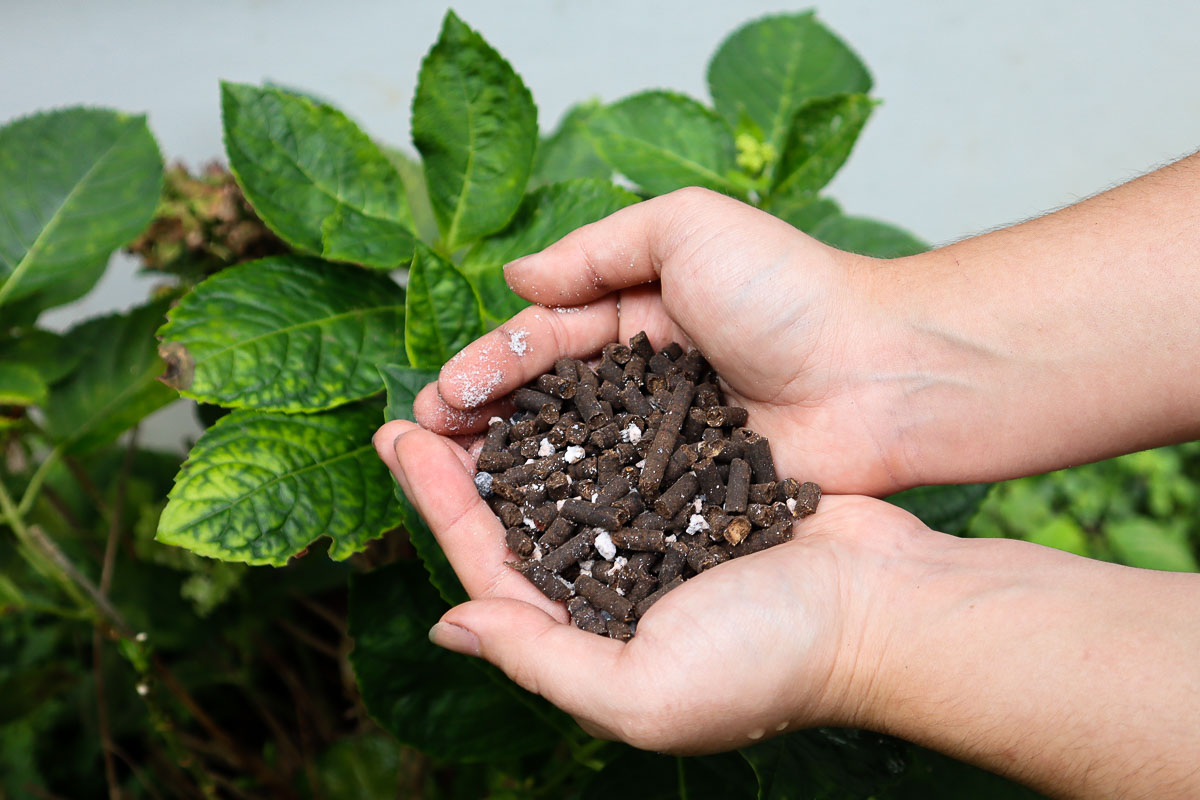
Hydrangeas are usually considered heavy feeders. They like to grow in loamy soil rich in nutrients and appreciate extra feeding, especially if you are looking for plenty of blooms.
When planting hydrangeas make sure to add plenty of compost to the planting hole and add a few handfuls of organic slow-release fertilizer as well. Feed every year in spring and again in early fall with a slow-release balanced fertilizer.
For more buds and therefore more blooms, hydrangeas need a fertilizer high in phosphorous such as a 10-20-10. Nitrogen and potassium are also essential to balance nutrients and take care of root, leaf and stem health.
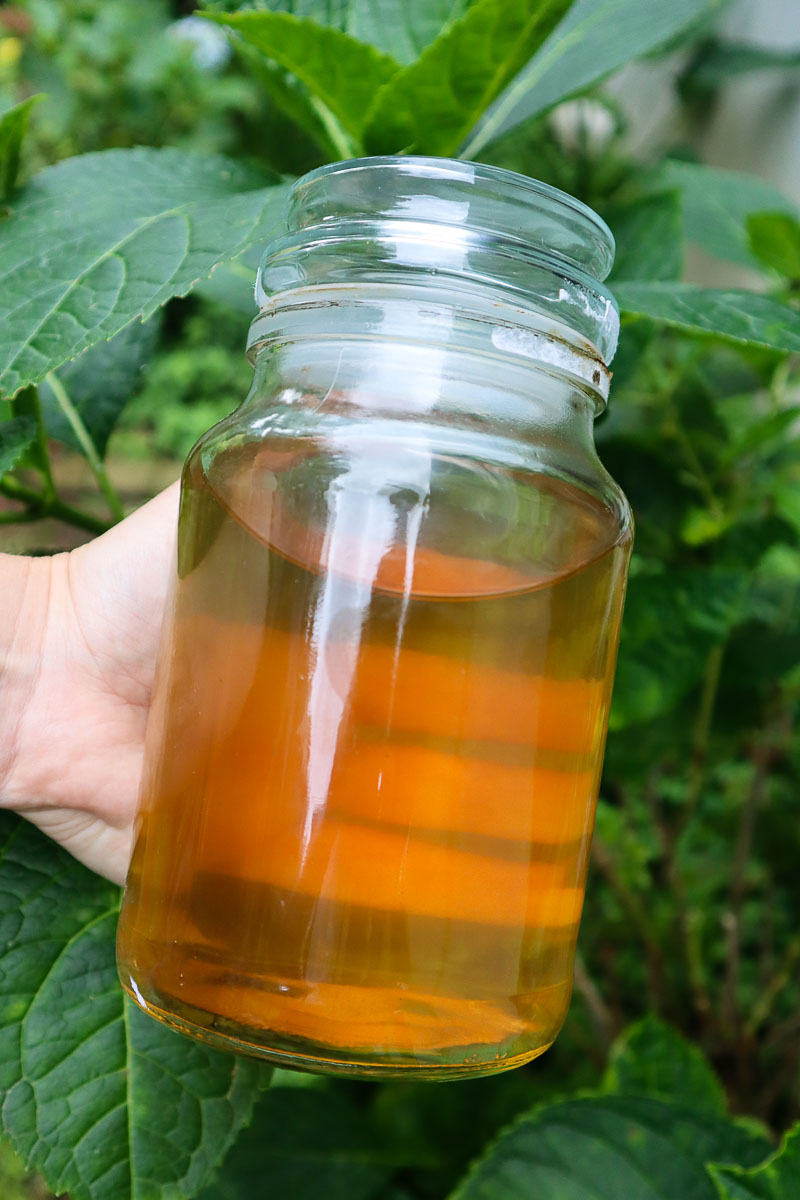
There are also specific products on the market for the express purpose of helping hydrangeas set bud and give better blooms. These are sometimes referred to as ‘Blossom Boosters’ or ‘Bloom Boost’. This ‘hydrangea food’ is also used on plants like rhododendrons, azaleas, gardenias, begonias and camellias, specifically formulated for better blooming.
This “Blossom Booster” fertilizer is the ideal NPK ratio for increasing your hydrangea blooms.
Apply these products when the buds set on old wood from mid-summer and into fall. Feeding hydrangeas at this time will increase the number of buds and produce bigger and better blooms the following season.
Here’s our total guide to fertilizing hydrangeas for bigger and better blooms.
5. Prune Carefully
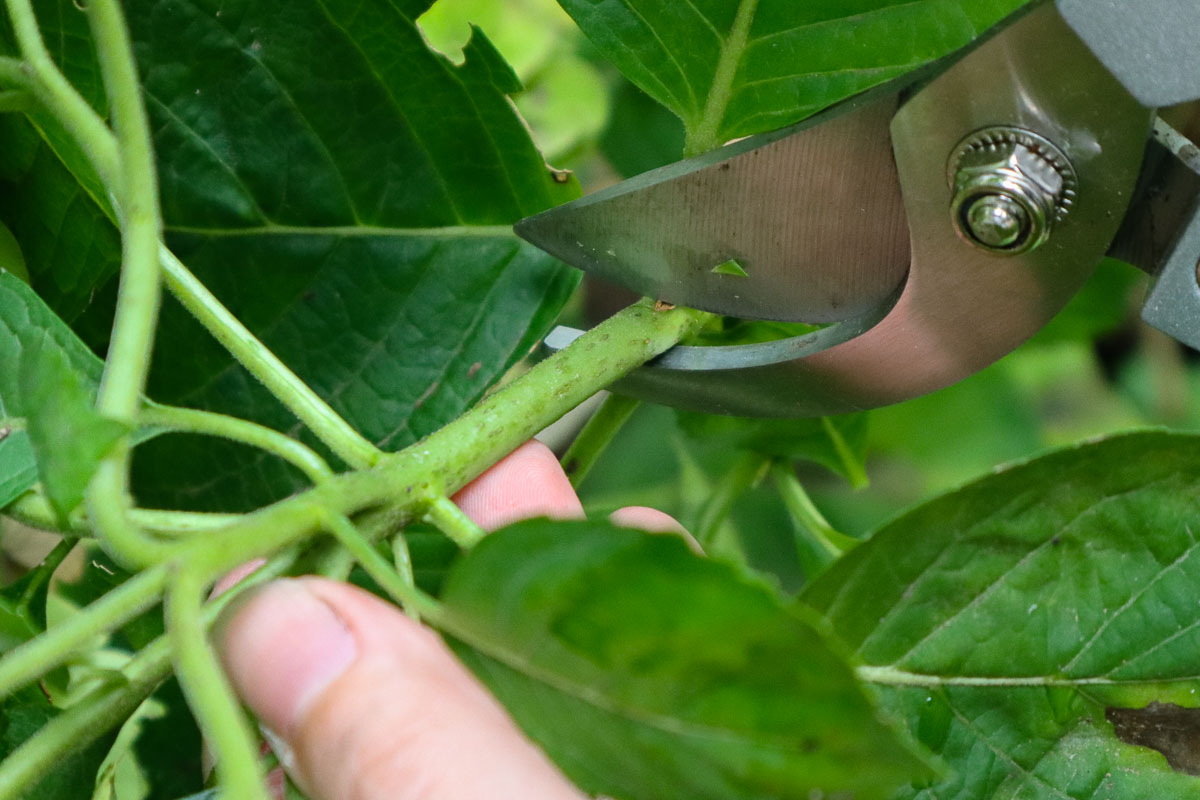
Pruning is tricky with hydrangeas, but easy enough when you have the correct timing and knowledge.
Unlike other plants, hydrangeas like Hydrangea macrophylla, Hydrangea quercifolia, Hydrangea serrata and Hydrangea anomala subsp. petiolaris should be pruned towards the end of summer when the last blooms have gone over, but not after August. Any later and you may be cutting off new buds.
To increase the number of flowers, tip-prune the plants, cutting back to the nearest bud. Hydrangeas bud on old wood, so you should never prune back the old wood if you are looking for new flowers and leaves.
Also prune any damaged or diseased foliage and stems and cut off all the flowers.
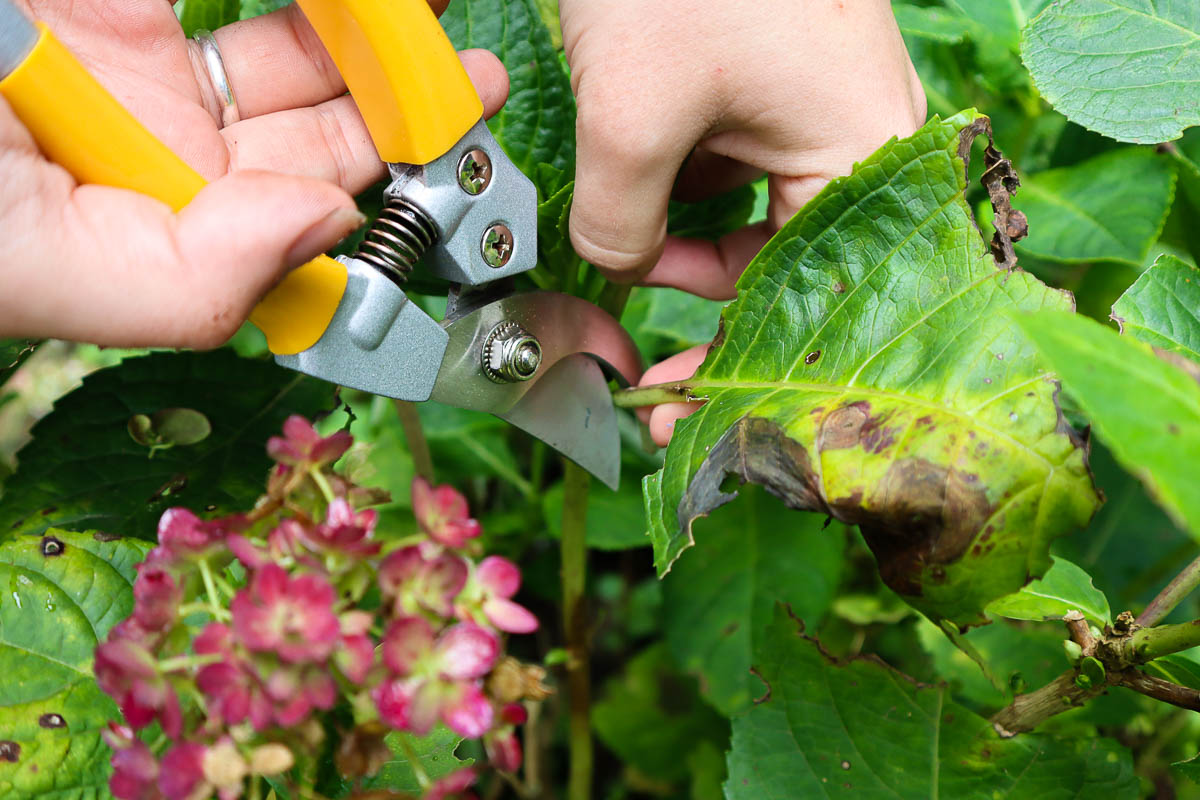
If you don’t prune hydrangeas, they become a mass of woody sticks, reducing flowering. They can be regularly pruned to maintain their shape, remembering not to cut into old wood.
The other common hydrangeas like Hydrangea arborescens and Hydrangea paniculata flower on new growth and can then be pruned with other shrubs after they have finished flowering, or in late winter or early spring.
6. Provide Winter Protection
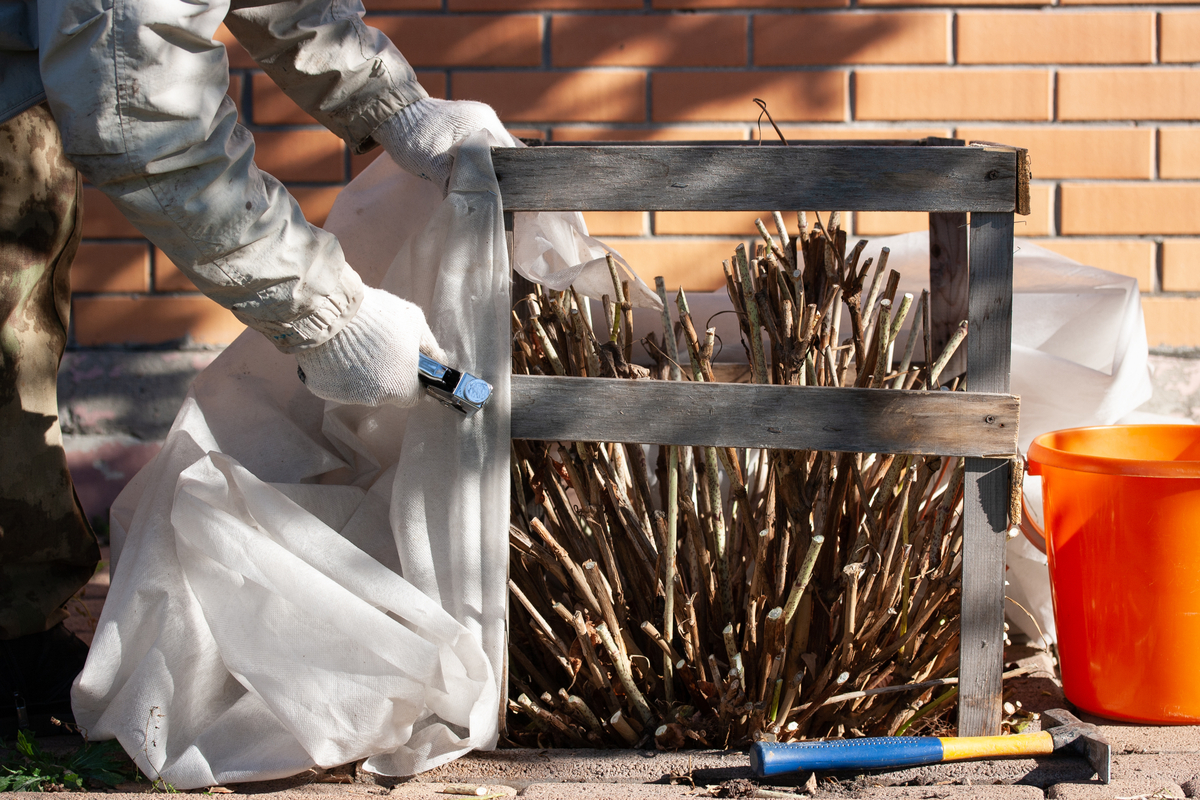
Especially for those hydrangeas grown in colder zones, protection of the buds that appeared in the late summer and fall is essential for the blooming season the next summer.
Some varieties are more susceptible to losing their buds than others. Plants like Hydrangea macrophylla, Hydrangea serrata and Hydrangea quercifolia are an easy target for winter cold snaps. If temperatures drop too low, there is a chance of losing any new growth too.
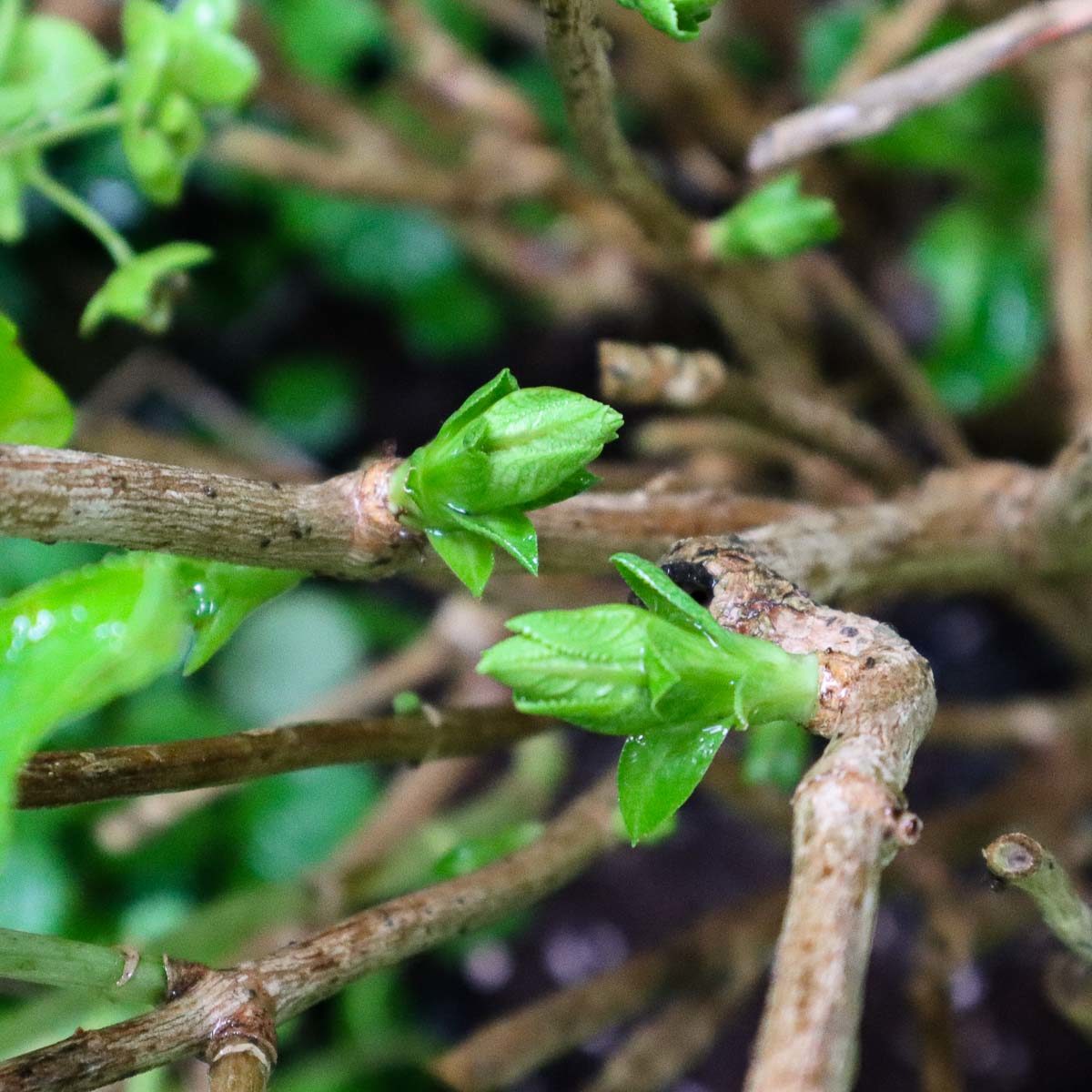
Hydrangeas are quite cold-tolerant and will recover well from frost damage. But, they will more than likely not perform as well in the spring and summer as their flower quality will be impacted.
Most hydrangeas will survive to temperatures down to -10F. However, to make sure that the buds are protected in colder weather and during spring frosts, they should be covered with frost protection fabric or fleece at a temperature below when temperatures drop below 15F. Fluctuating temperatures can also have an effect on buds.
7. Mulch
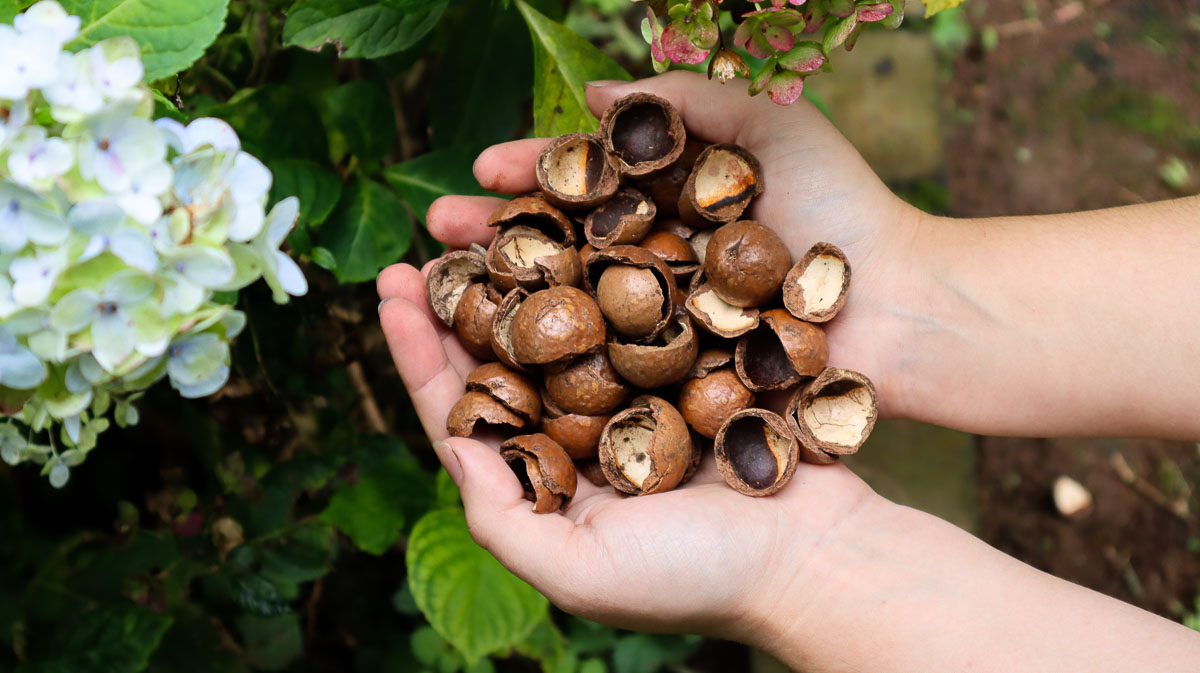
A good layer of organic mulch around the base of the plants will help keep the roots warm, but will probably do nothing for the buds if the weather is too cold. The main reason for mulch is to keep the soil moist and to give the soil an extra boost of organic nutrients that slowly degrade into the soil.
Any improvements in the soil will improve the flowering and growth of hydrangeas. Remember to keep the mulch away from the stems of the plants to prevent rotting.
Mulch with a layer 3 inches thick in the summer when the weather is hot. This will keep as much moisture in the soil as possible. If you are wanting blue hydrangeas, use pine bark or peat to increase the acidity in the soil. If not, a good layer of compost will do.
8. Improve The Soil
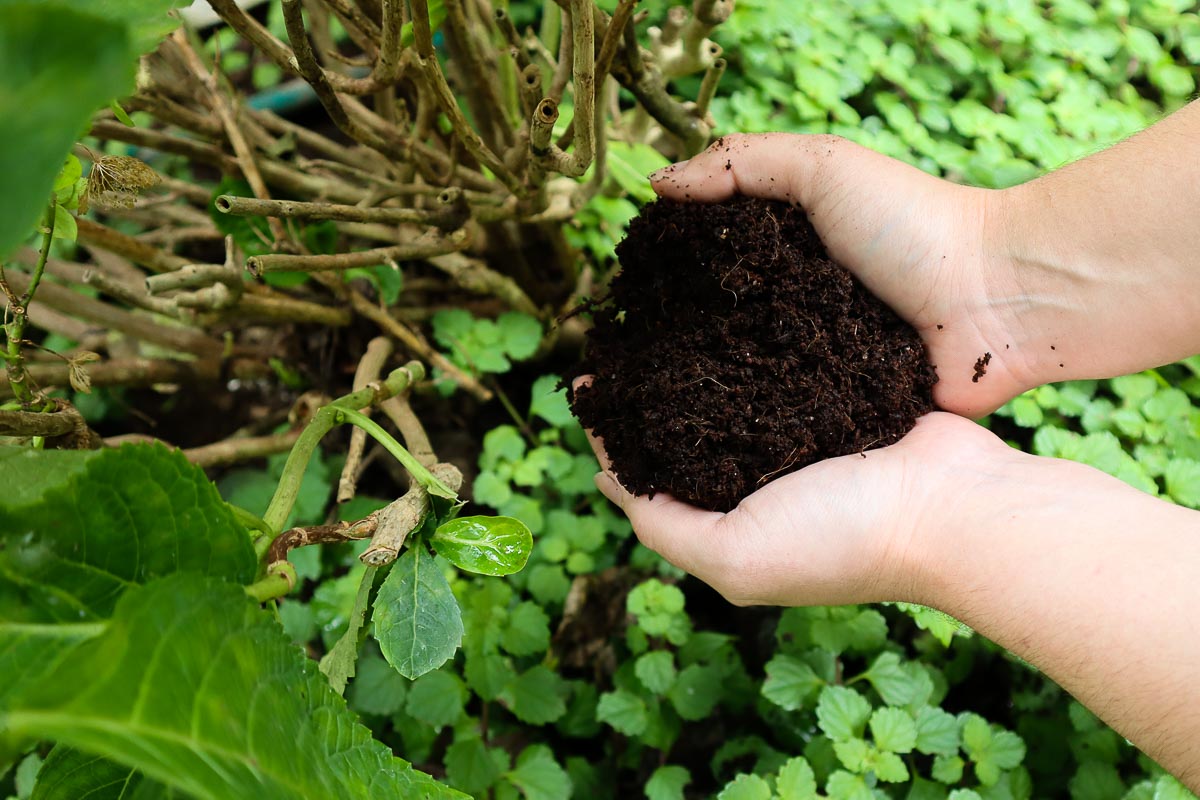
Most hydrangeas come from a natural habitat where the soil is humus-rich and full of nutrients. This type of soil can be achieved by adding organic matter into the soil and regularly adding soil improvers like compost, vermicompost, or natural liquid fertilizers.
When planting hydrangeas, make sure to add plenty of compost to the soil and a few handfuls of organic slow-release fertilizer.
Sandy soils and dried-out potting soils can be hydrophobic, meaning they don’t absorb water as well anymore. This means the hydrangeas don’t get enough water, but also nutrients that are carried by water. Add organic soil amendments to improve soil texture and moisture retention.
The problem with clay soils is the opposite of hydrophobic sandy soils, but the response is the same. Heavy water-laden clay soils that hold onto too much water cause the roots of plants to rot. Clay soils also do not have enough aeration which is also essential for good root health.
Hydrangeas need plenty of water, but cannot be left to sit in water for long periods. Adding plenty of organic matter to clay soils will also improve structure.
9. Deadhead Frequently
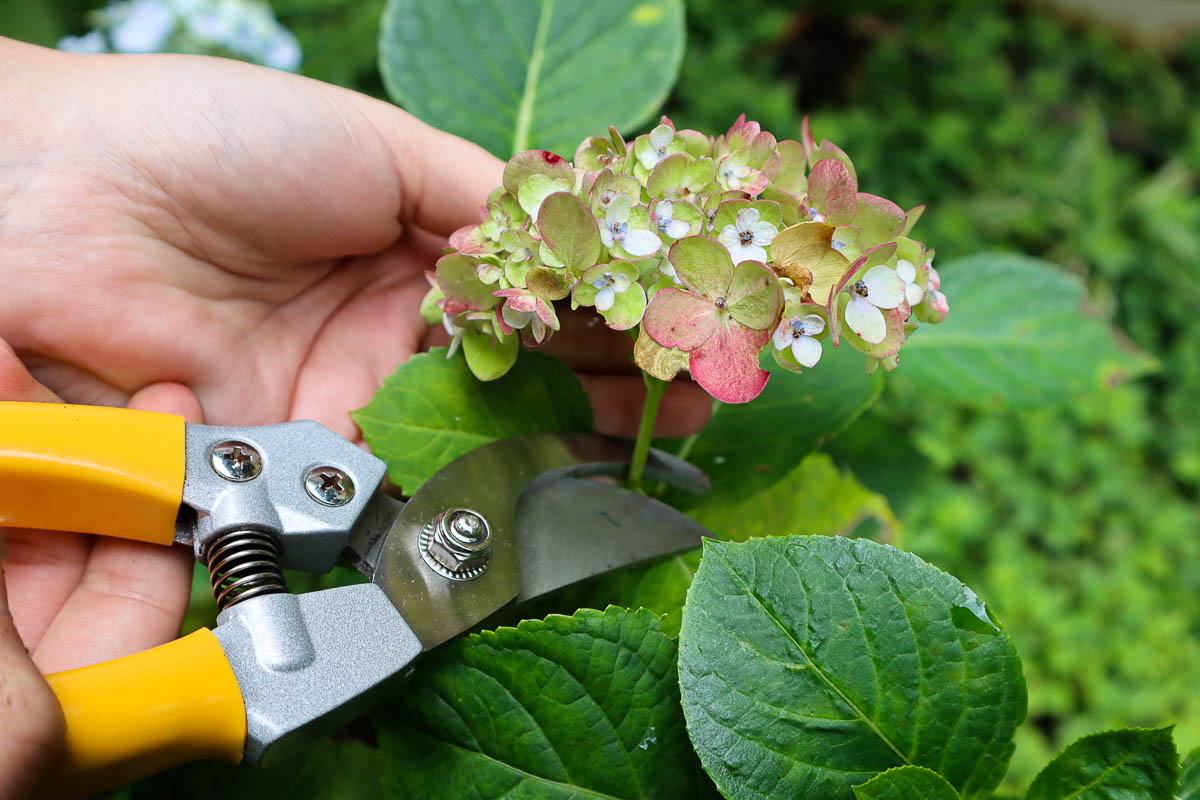
During the flowering season in spring, summer and fall, hydrangeas need deadheading regularly. This practice not only removes the browning blooms, but also helps the plant use its energy for producing more blooms, extending the flowering season.
It’s important to remember not to cut off any new buds. Before cutting off any old flowers, check for new buds and cut the stem back to the bud – not any further. Use a clean pair of shears to avoid moving any possible diseases between plants.
In winter, you can keep the dead flowers on the plant to shelter the new buds on the stems beneath them. Then cut them off in spring instead.
Related Reading: How To Deadhead Flowers: 3 Reasons Why You Should (& When You Shouldn’t)
10. Keep An Eye On Pests And Diseases
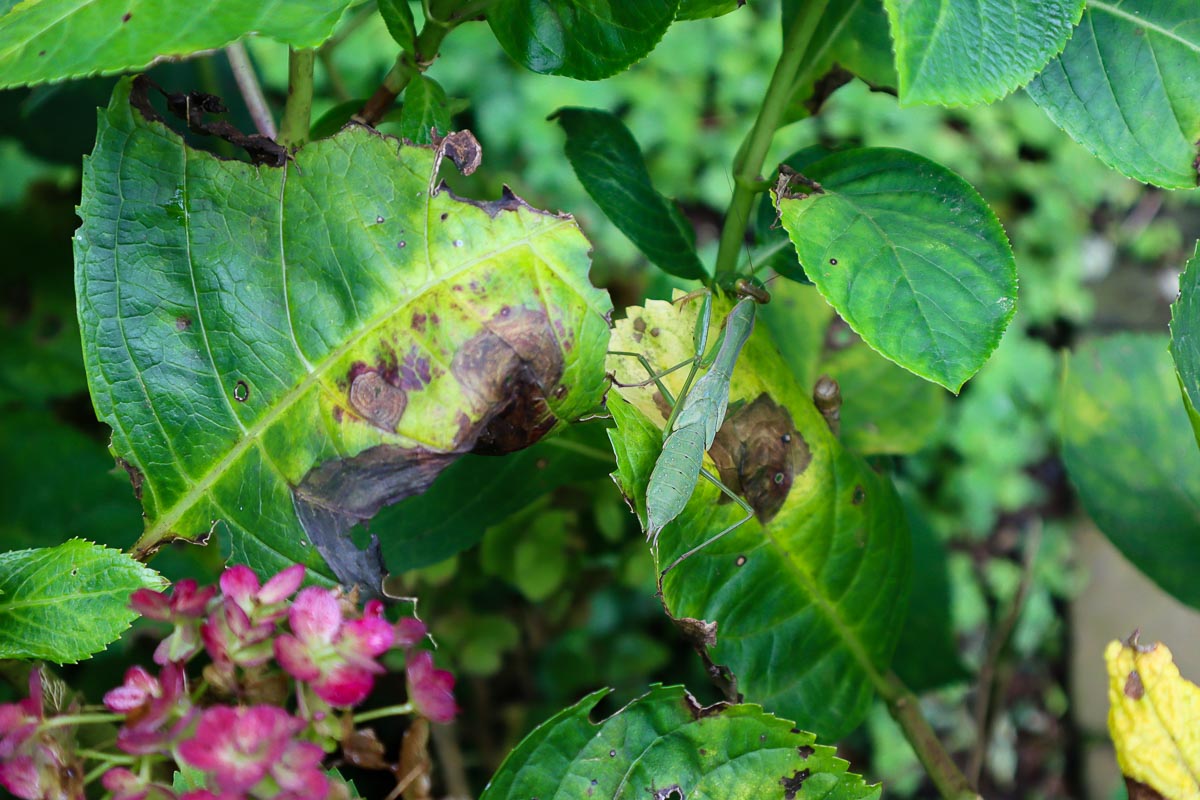
Pests and diseases affect the way a plant grows and ultimately, how it’s going to flower. By keeping pests and diseases at bay, you will give your hydrangeas the best chance to flourish and bloom to their fullest.
Keep an eye out for the following pests and diseases to tackle them as soon as they appear.
Botrytis Blight
This fungus causes flower buds to die before they are open and petals to fall off mature flowers. It also causes leaf spots, particularly where the infected flower petals land on the leaves.
Make sure there is enough space between plants and that the leaves and flowers are not watered. Also, water early in the day and apply a fungicide should the problem persist.
Powdery Mildew
This fungus can be identified by the white cottony powder that forms on the leaves, especially on the underside. The leaves may also change color to yellow or purple.
Apply a fungicide as soon as the problem is spotted to control it.
Leaf Spot
As the name suggests, these fungi are identified by spots on the leaves, usually associated with watering the leaves and flowers and not the soil. There are various types that cause leaf spots including Cercospora and Phyllosticta. Treat with a natural fungicide to bring the plants back to good health.
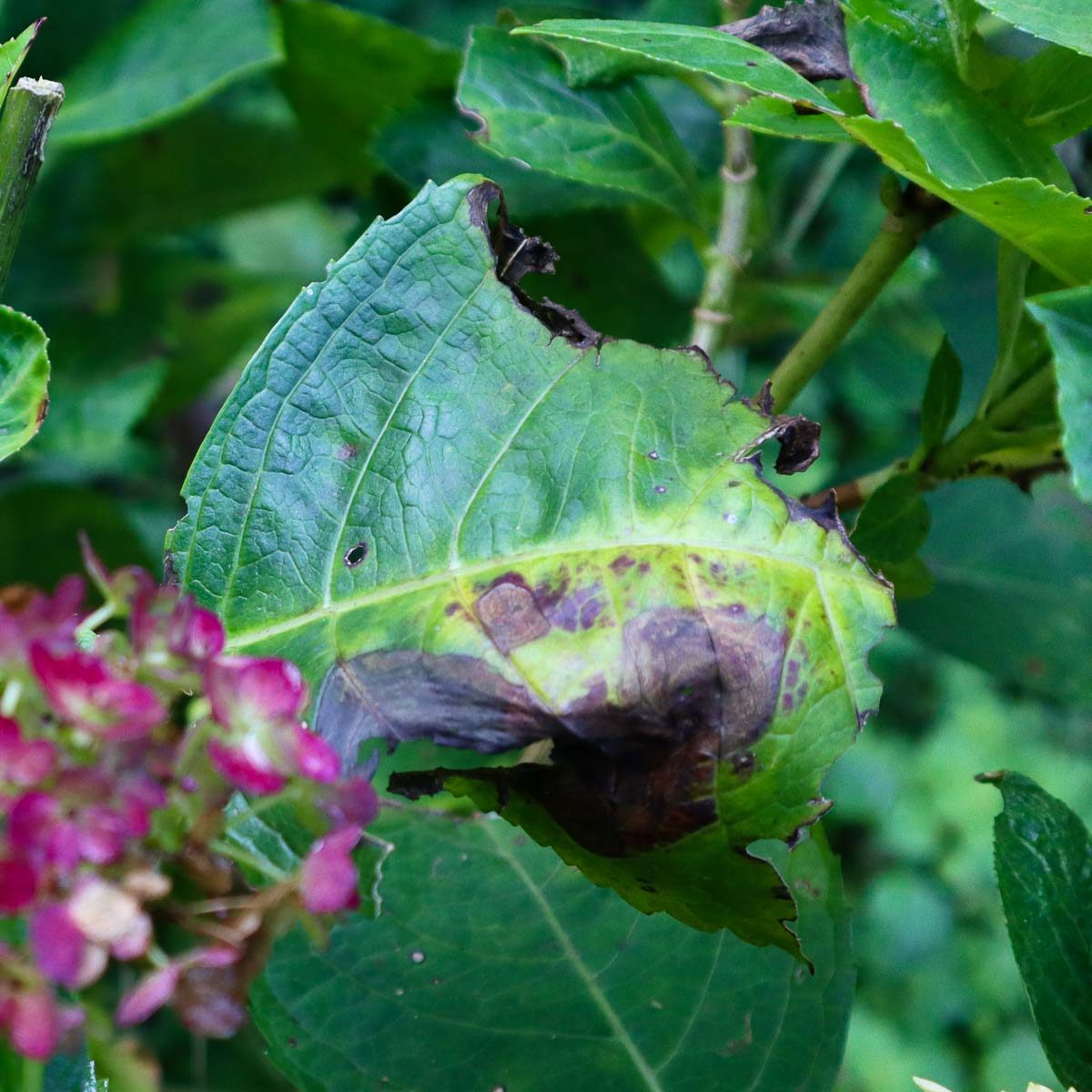
Bacterial Wilt
This bacteria looks like blight on the leaves and flowers. In heavy infections, it cause the whole plant to wilt and the roots to rot. Unfortunately, there is no treatment for this disease so it’s imperative that good water practices are followed.
Viruses
There are several viruses that can affect hydrangeas. They usually manifest themselves as marks, spots and blemishes on the leaves. These include Hydrangea Ringspot Virus, Hydrangea Mosaic Virus and Tomato Ringspot Virus.
These viruses often cause flowers to be deformed, small or have odd colors on their petals. They can be spread from plant to plant by secateurs, so it’s important to disinfect between uses and between plants. Some of these viruses are also spread by nematodes in the soil.
As there is no cure, it’s best to remove and discard the plant to prevent it from infecting any others. Practicing good soil and maintenance methods will help prevent these in the first place.

